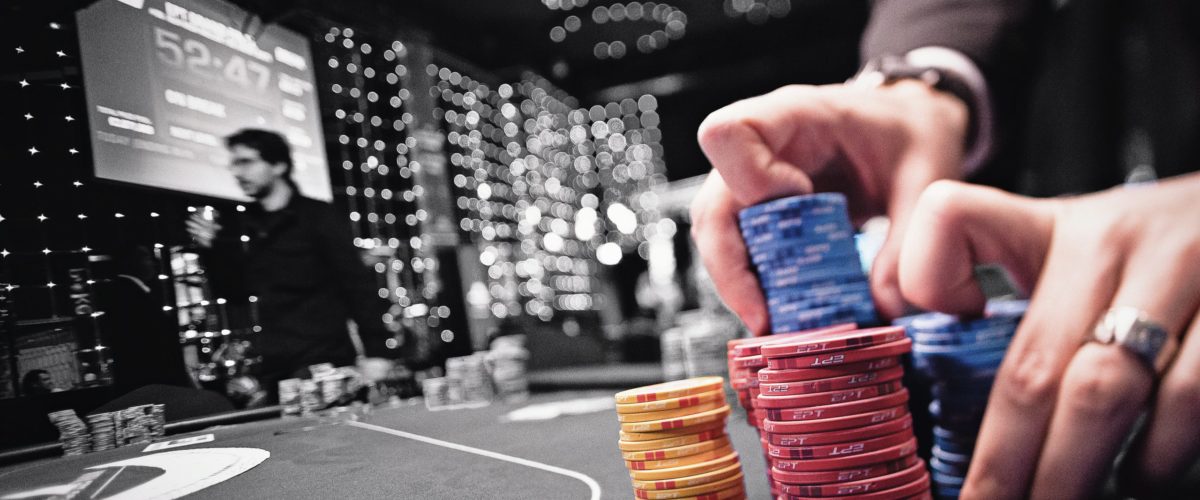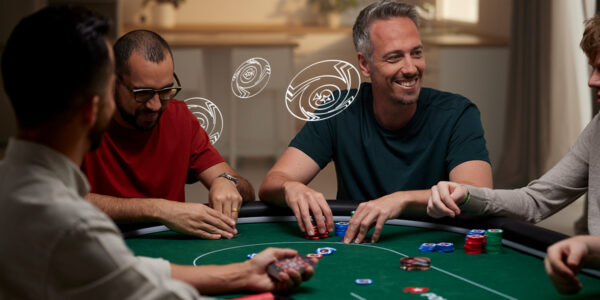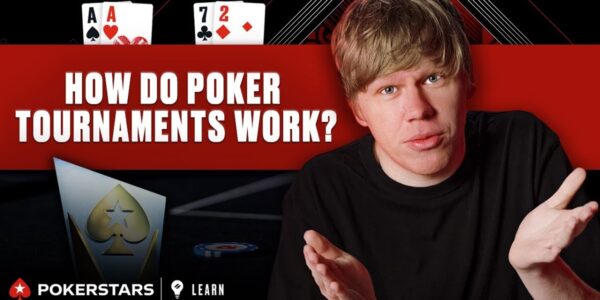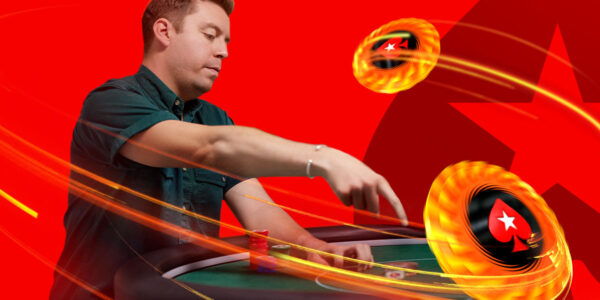Why You Should Ditch Small Pocket Pairs
Oh, how I hate small pocket pairs. They really are the most overrated hands in all of No Limit Hold’em.
Why are they so bad? And why should you remove them from your game? Here are a couple of reasons…
“The Unblocking Effect”
You might have heard about the “blocking effect” of a hand before. People like to 3-Bet you with A♣ 5♣ partially because it contains a high card. That high card acts as a “blocker”, removing one Ace from the deck and making it half as likely that you wake up with pocket AA and 4-bet them. It also makes it harder for you to have AK – reducing your combinations of this powerhouse hand from 16 to 12.
The “unblocking effect” concerns hands that have the reverse effect of blocking bad hands. Without a blocker, the likelihood of your opponent waking up with two very high cards will increase.
When you open from UTG with pocket 22 in a 6-max cash/Zoom game – not only are you playing a hand with minimal ability to flop well with five players still to act, but you are also playing a hand that mathematically guarantees that you will be 3-bet more frequently.


Let’s break it down. When you have 2♥ 2♠ there are two less deuces in the deck. This means the player to your left now has a 4/50 or 8% chance of being dealt an ace. When that ace is accompanied by another big card, or even a smaller one of the same suit, there is a very good chance of you getting 3-bet.
Your hand also unblocks Kings, Queens, Jacks, T9s, and anything else that might 3-bet you. If the first opponent does not get dealt an ace, the next guy has a 4/48 chance = 8.3% chance. The next player has a 4/46 chance or 8.7% chance. As you can see, it gets more and more likely that you will run into a big hand as each player folds.
When you have A5s UTG however, there are only three aces left in the deck and the HJ gets dealt an ace only 3/50 = 6% of the time. This might not seem like a big deal, but it has huge repercussions when you remember that five players now have a better chance at picking up big hands.
If the EV of opening a baby pair was negligible based just on the strength of the hand, then the unblocking effect makes it negative to raise.
It is not just monster hands that 22 unblocks but also your opponents’ 3-bet bluffs like A8s and KTs. The combined effect of unblocking all these hands for multiple players is fatal.
I recommend folding 22-55 from the first two seats, then folding 22-44 in the CO, favouring bigger cards. From the BU, you can open 33-55 – but probably not 22 if there are two tough players in the blinds.
Do not let the paired element of these hands fool you – they are trash.


Reverse Implied Odds
Your reverse implied odds are your chance of losing big pots with strong hands by running them into stronger ones. When you flop a set with 99 on most flops, you have at least second set. With 22, however needless to say, your set is always bottom set. You will never set over set another player and will always be on the wrong end of it.
It might seem really tempting to play baby pairs in multiway situations, but this is where they are at their most dangerous.
In a four-way pot for example, people are very cautious. They think twice before stacking off with one pair, so how exactly do you propose to win a huge pot with a baby pair? Moreover, in a four way pot, it is much more likely that someone else will flop a bigger set.
Let’s say HJ opens for 3BB, CO calls, and BU follows suit. You will virtually always lose this pot when you don’t flop a set; it is almost impossible to win at showdown with just a pair of threes in this landscape. You are relying fully on winning big pots with sets to call here.
Since you will only flop a set around 1 in 9 times, you will need to recoup nine times your investment just to break even – and that’s assuming you never lose with a set. Since you often do lose with sets in a multi-way pot, you will need to make an even larger investment each time your hand avoids bigger sets, straights or flushes.
Unquestionably you should fold 22 pre-flop here and wait for a bigger pocket pair if you want to set-mine with marginal profitability.
Shoving Ranges Should Be Considered Fairly
How many times have you seen someone call a 15bb shove with 22 saying “I put you on AK”? I always find this ridiculous.
The reality is, the player shoving has a range of hands, of which AK is one part. But so is AA, and many other pocket pairs. Sure, they have more overcard combinations besides AK as well – but, if we are calling them with 22, we are doing so in a situation where we are always either flipping against overcards or a 4-1 underdog against overpairs.
Let’s say for example the player is shoving a range like this: 22+, A2s+, KTs+, QTs+, JTs, A9o+, KQo.
Against AKo, pocket 2’s are a 52.6% equity favourite; the good side of a flip. Against that range as a whole, however, 22 only has 40% equity. Gross generalizations like “I put you on AK” can lead to 12.5% in equity difference, and will cause a lot of mistakes.
Incidentally, if we had 66 instead of 22, that would be much better for us. On the surface novice players don’t see this difference; both are “small pairs”. But the difference is real.
While 22 dominates nothing in the shover’s range except A2s, the sixes dominate a number of hands, A2s-A6s, 22-55. That’s good for a full 10% equity boost and a true “flip” with the 66 having 49.8% equity. 77 has 52%.
There are certain circumstances where you will have the proper price to call a short stack shove with any pair, but the bigger the shove, the less those baby pairs become good calls. Consider the ranges and situation fairly and you may start finding some folds in spots weaker players just call without thinking.
Summary
- Small pairs unblock the higher cards in the deck and ensure that you get 3-Bet more often.
- Beware the reverse implied odds of small pairs in multiway pots. You will struggle to get much action when your hand is good (unless your opponents are calling-stations), and you will always be on the wrong end of a cooler if your opponent connects in a significant way.
- Small pocket pairs are not all created equally when calling a shove, and the gap in equity against a shoving range is significant.











